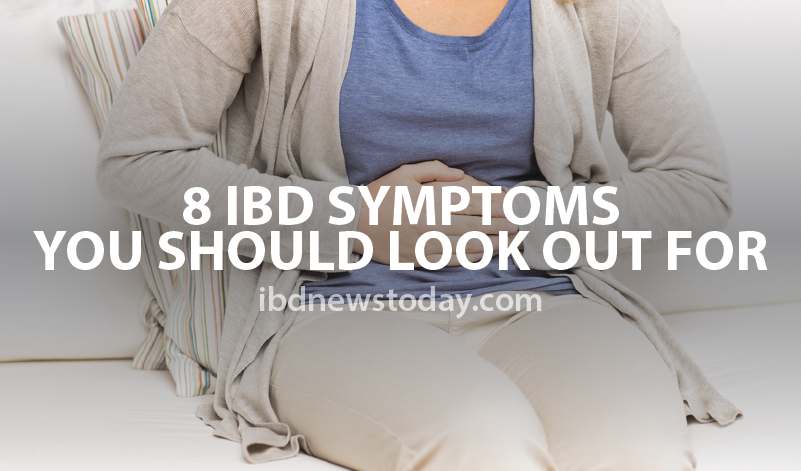
The most common symptomatic manifestation of IBD involves:
- Profuse diarrhea, UC patients experiencing extensive rectal bleeding, with mucus and puss along with blood, being discharged through stools
- Abdominal cramps
- Malaise
- Fatigue
- Frequent bowel movements
- Joint pain
- Retardation of growth
- Delay of sexual maturity in children
Ulcerative Colitis (UC)
In the case of UC, the systemic symptoms are mild or absent among half of the patients. In this condition, if limited to the rectosigmoid junction between the sigmoid colon and rectum, the stool may be harder, with a progress to the proximal section leading to the production of watery stools, with more than ten bowel movements a day. Fulminant colitis manifests itself with a sudden bout of violent diarrhea, fever, and signs of peritonitis and excess toxemia on examination of blood cultures.
Crohn’s Disease (CD)
In cases of CD, some of the patients present with acute intestinal obstruction and appendicitis. Around 33% of the patients have a perianal disease, with the formation of mucosal fissures and fistulae, which are presented in the very initial stages at times. Patients with severe cases of abscesses and flare-ups are seen to have marked tenderness around the intestine, with a pain in the lower right quadrant (most of them develop a mass in this part), slight fever, guarding, rebound and pain with abrupt bouts of pain and vomiting. Bowel obstruction might be caused as a result of previous stenosis and surgical adhesion, which can cause further complications. Fistulae might cause the production of air bubbles in urine, a condition referred to as pneumaturia.
